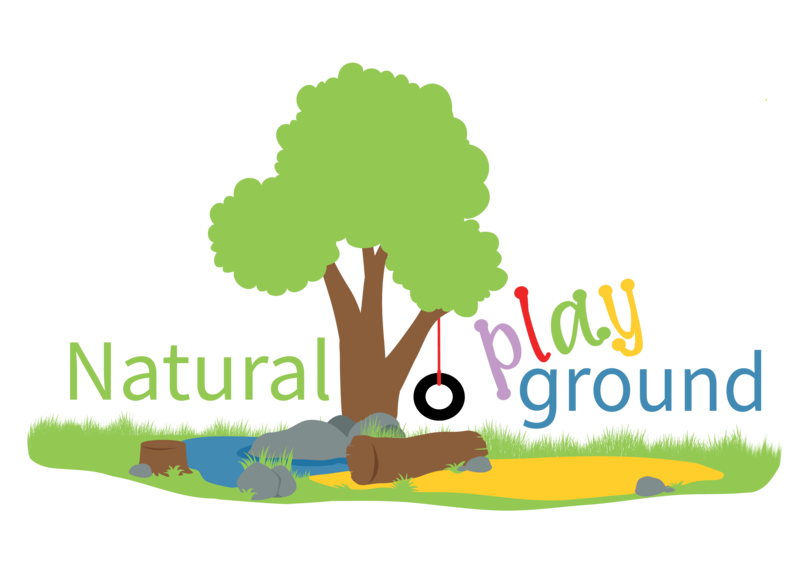Tool 6 Risk–Benefit Assessment
Explore the risks and benefits of playing with loose partsLoose parts Loose parts are materials with no specific set of directions that can be used alone or combined with other materials. They can be moved, carried, combined, redesigned, lined up, taken apart and put back together in multiple ways. by weighing the likelihood of dangers against the potential benefits.
This tool forms part of your needs assessmentNeeds Assessment A systematic process for determining and addressing needs, or gaps between current conditions (where we are now) and desired conditions or ‘wants’ (where we want to be)..
We should encourage opportunities for children to define and take their own risks, but it is of the utmost importance that adults are not negligent and do not permit avoidable dangers and injuries.
When do you use the Risk–Benefit Assessment tool?
The Risk–Benefit Assessment tool helps you to decide if the benefits outweigh the risks when introducing loose parts play.
Childhood is an ongoing process of trial and error with the potential for achievement, but also the certainty of accidents. Children would never learn to walk, climb stairs or ride a bicycle unless they were strongly motivated to take the risk of injury.
Taking risks is how we learn what we are capable of, what we can achieve and how to survive failure. Opportunities for risk in play are very important if we want our children to develop into brave, confident, competent, and resilient people. When we select loose parts for play, we are offering opportunities for children to create and experience new kinds of risk.
Who can use the Risk–Benefit Assessment tool?
- Individuals
- Groups or teams
- Workshop facilitators
How do you use the Risk–Benefit Assessment tool?
Work through the tool and come up with as many ideas as possible to complete each block. For each group of loose parts, write down the potential physical and emotional benefits for the child, the potential risks of injury, and how best to reduce those risks without limiting the benefits. You can do this exercise on your own or with small teams or groups at a community participation workshop. The more people who contribute to the worksheet, the more information you will have.
When determining the risks for each group, order them according to the likelihood of them happening. Put risks that are likely to happen daily first, followed by risks likely to happen weekly or monthly and lastly put risks that are likely to happen once a year or never. This is useful in determining the risk to benefit ratio. However, remember that some risks are not worth taking even if they aren’t likely to happen.


